New hair usually grows to replace the hair that has fallen out, but this does not always happen. Hair loss can happen gradually over time or suddenly. Hair loss can be either permanent or transient.
It's impossible to keep track of how much hair is lost on any given day. If you find clumps of hair in your brush or a big amount of hair in the drain after washing your hair, you may be losing more hair than is typical. You might as well.
What causes hair thinning?
Your doctor or dermatologist (a specialist who specializes in skin problems) will first try to figure out what's causing your hair loss. Hereditary male- or female-pattern baldness is the most prevalent cause of hair loss.
This form of hair loss is more likely if you have a family history of baldness. Hereditary hair loss can be triggered by certain sex hormones. It can start at any age, including puberty.
Hair loss can sometimes be caused by a simple pause in the hair development cycle. Hair loss can be caused by major diseases, surgeries, or traumatic occurrences. However, without therapy, your hair will normally begin to regrow.
Hair loss can be caused by hormonal changes. Examples
- stopping the use of birth control tablets
- pregnancy
- childbirth
- menopause
Hair loss can be caused by a variety of medical disorders, including:
- Thyroid problems
- Alopecia areata(an autoimmune disease that attacks hair follicles)
- Infections of the scalp, such as ringworm
- Scarring diseases like lichen planus and some types of lupus can cause lifelong hair loss as a result of the scarring.
Hair loss can also be caused by drugs used to treat the following conditions:
- cancer
- blood pressure that is too high
- arthritis
- depression
- issues with the heart
Hair loss can occur as a result of physical or mental trauma. The following are some examples of this type of shock:
- a family member's death
- a high temperature and significant weight loss
- Trichotillomania (hair-pulling disorder) is a condition in which people feel compelled to pull their hair out, commonly from their head, brows, or eyelashes.
Hairstyles that pull the hair back very tightly can cause traction hair loss by putting pressure on the follicles.
Hair thinning can also be caused by a diet low in protein, iron, and other nutrients.
How do you know if you're losing your hair?
Hair loss that persists is generally a sign of an underlying health problem.
Based on a physical examination and your medical history, your doctor or dermatologist can establish the cause of your hair loss. Simple dietary modifications may be beneficial in some circumstances. Your prescription drugs may also be changed by your doctor.
A biopsy of the skin on your scalp may be taken if your dermatologist detects an autoimmune or skin illness.
A little portion of the skin will be gently removed for laboratory testing. It's critical to remember that hair growth is a complicated process. It may take some time to figure out what's causing your hair loss.
What are the hair loss therapy options?
Medication
Medications will most likely be the first line of defense against hair loss. The majority of over-the-counter (OTC) drugs are topical creams and gels that are applied directly to the scalp. Minoxidil is a common component found in most products (Rogaine). According to the American Academy of Dermatology, your doctor may prescribe minoxidil in addition to other hair loss therapies. Minoxidil can cause scalp discomfort and hair growth in other places of your body, such as your forehead or cheeks.
Hair loss can also be treated with prescription drugs. For male-pattern baldness, doctors recommend finasteride (Propecia), an oral drug.
Finasteride has a few adverse effects, including decreased sex drive and poor sexual function. According to the Mayo Clinic, there may be a link between finasteride use and a more deadly type of prostate cancer (high-grade).
Prednisone and other corticosteroids are also prescribed by doctors. This can be used to reduce inflammation and inhibit the immune system in those who have alopecia areata. Corticosteroids are hormones that your adrenal glands produce.
Surgery for Hair Transplantation
Hair transplant surgery involves transplanting small plugs of skin, each containing a few hairs, to bare areas of the scalp.
Because patients with hereditary baldness often lose hair on the top of their heads, this method works well for them. You'd require many operations over time because this type of hair loss is progressive.
Reduction of the Scalp
A surgeon removes the hairless area of your head during a scalp reduction. The surgeon next uses a hair-covered portion of your scalp to seal the wound. A flap is another possibility, in which your surgeon folds the scalp that has been damaged. This is called scalp reduction.
How can I keep my hair from falling out?
There are things you can do to keep your hair from falling out. Hairstyles that put too much pressure on your hair, such as braids, ponytails, and buns, should be avoided. These styles cause lasting damage to your hair follicles over time.
Avoid pulling, twisting, or rubbing your hair. Make sure you're eating a well-balanced diet that contains enough iron and protein.
Hair loss can be exacerbated or caused by certain aesthetic regimes.
If you're experiencing hair loss, wash your hair with gentle baby shampoo. Unless your hair is particularly oily, you should only wash it every other day. Always pat your hair dry instead of rubbing it.
Hair loss can also be caused by styling products and tools. The following are some examples of goods or tools that can help with hair loss:
- heated combs and blow dryers
- straightening irons
- products for coloring
- bleaching agents
If you want to use heated equipment to style your hair, wait until it's completely dry. Also, utilize the lowest possible settings.
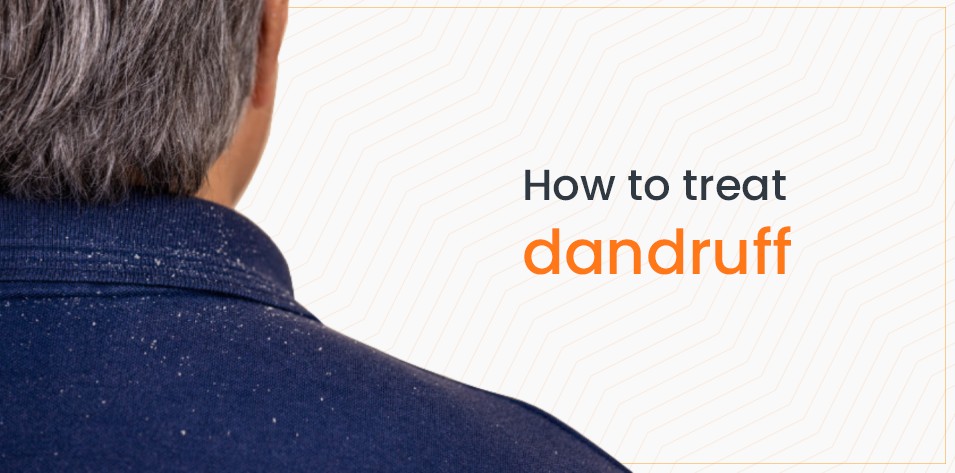
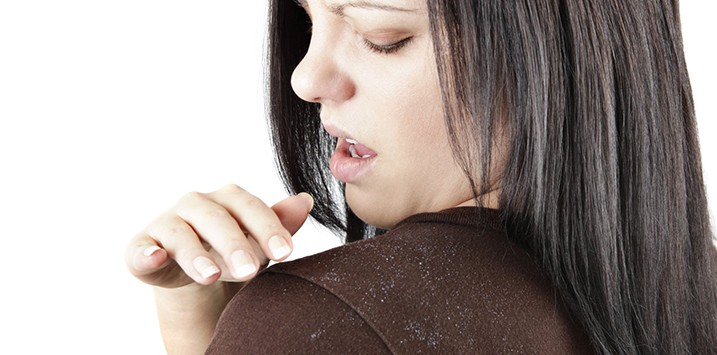

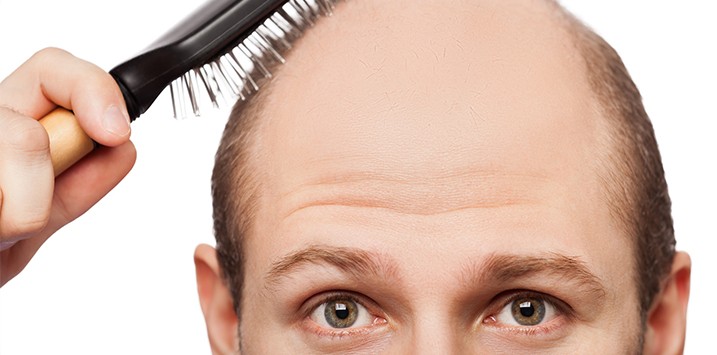

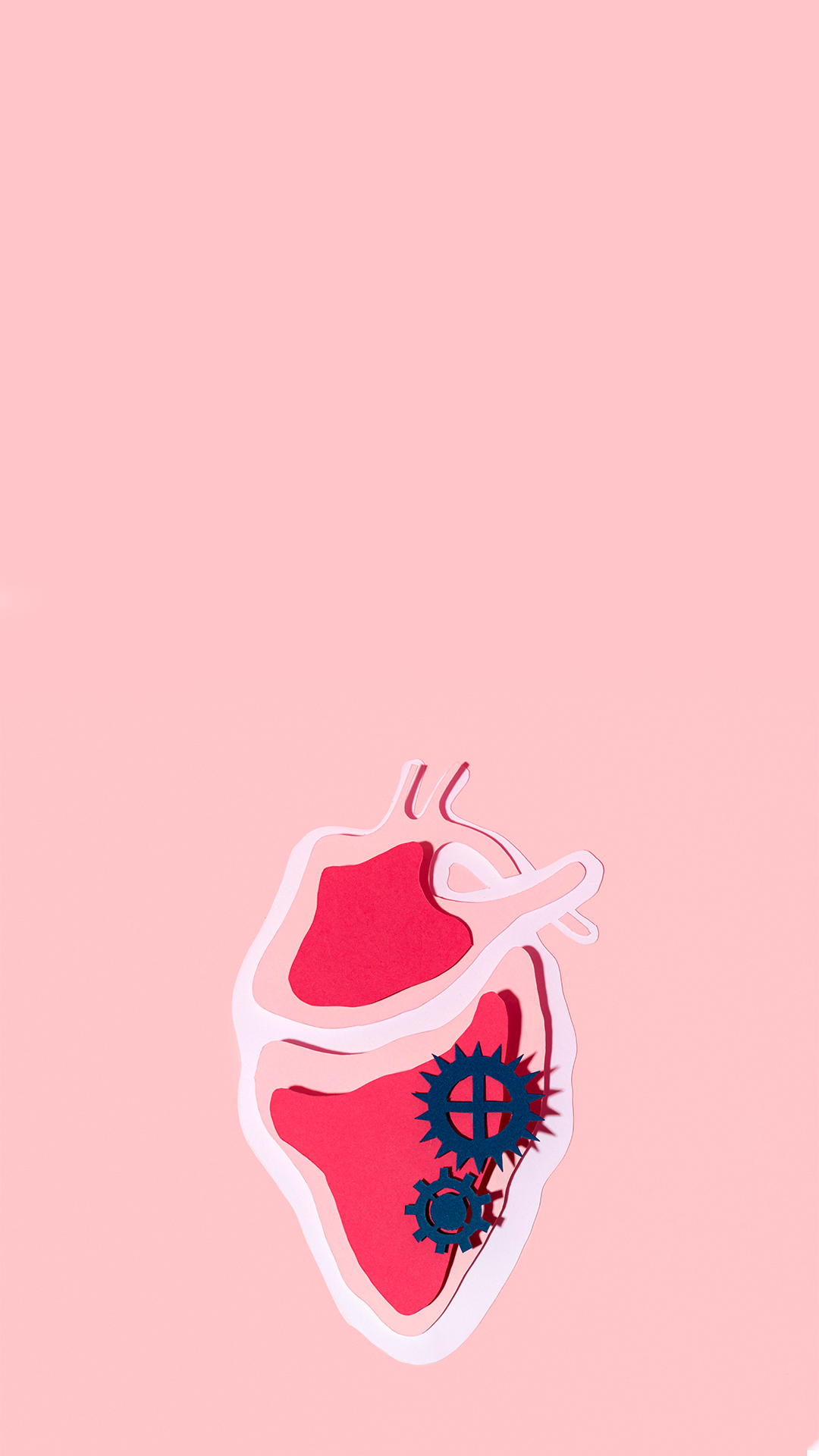
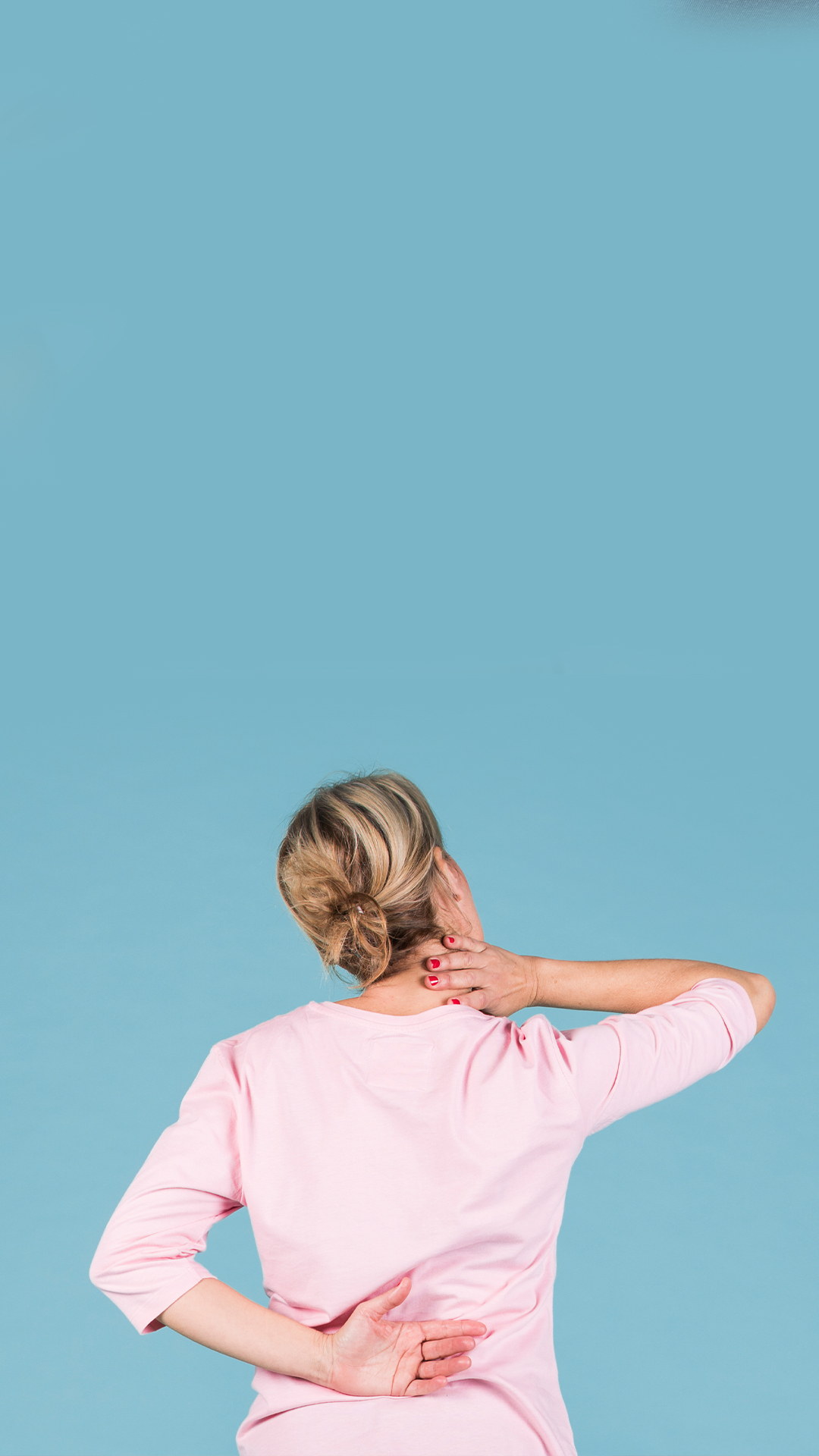







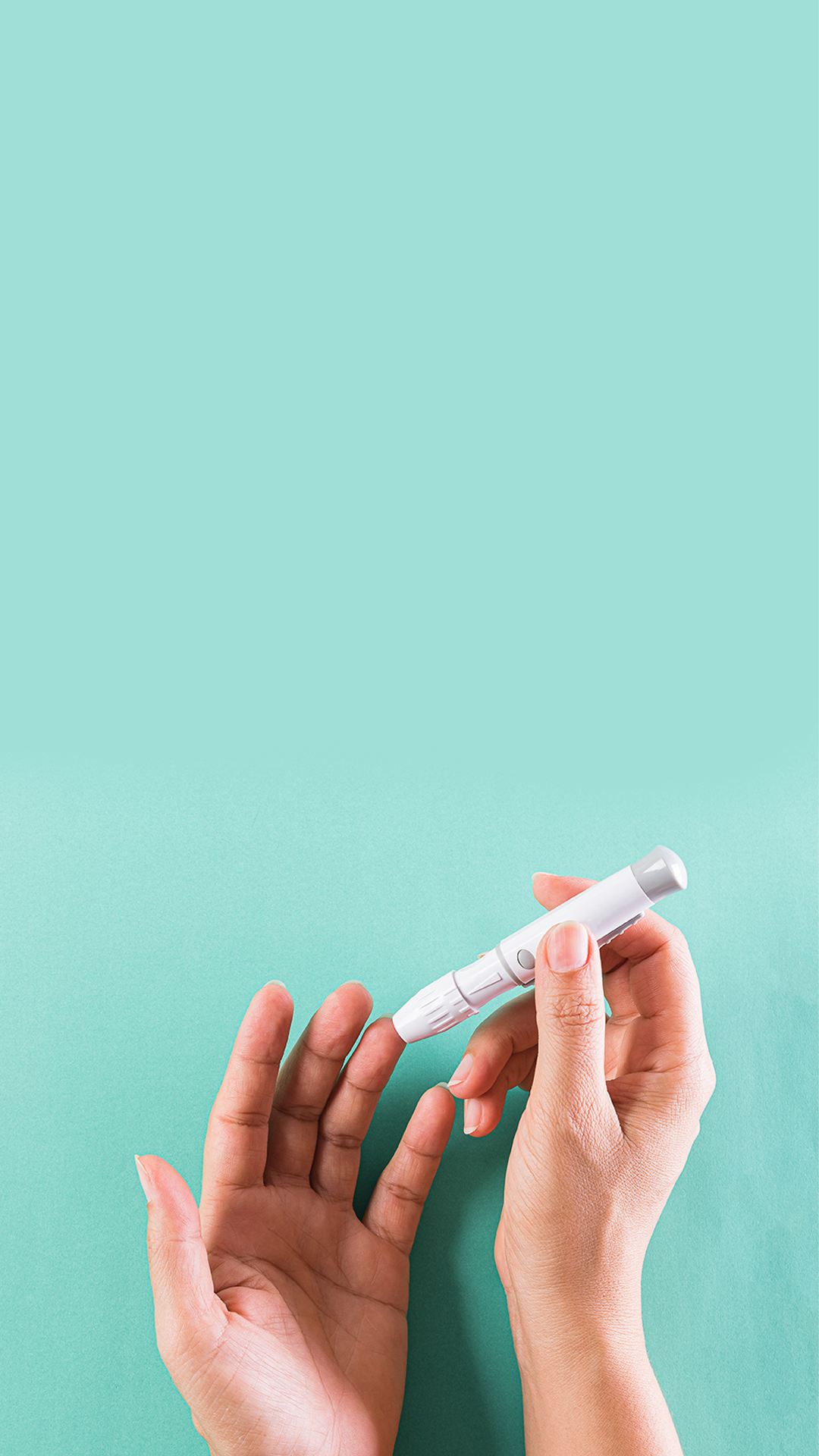




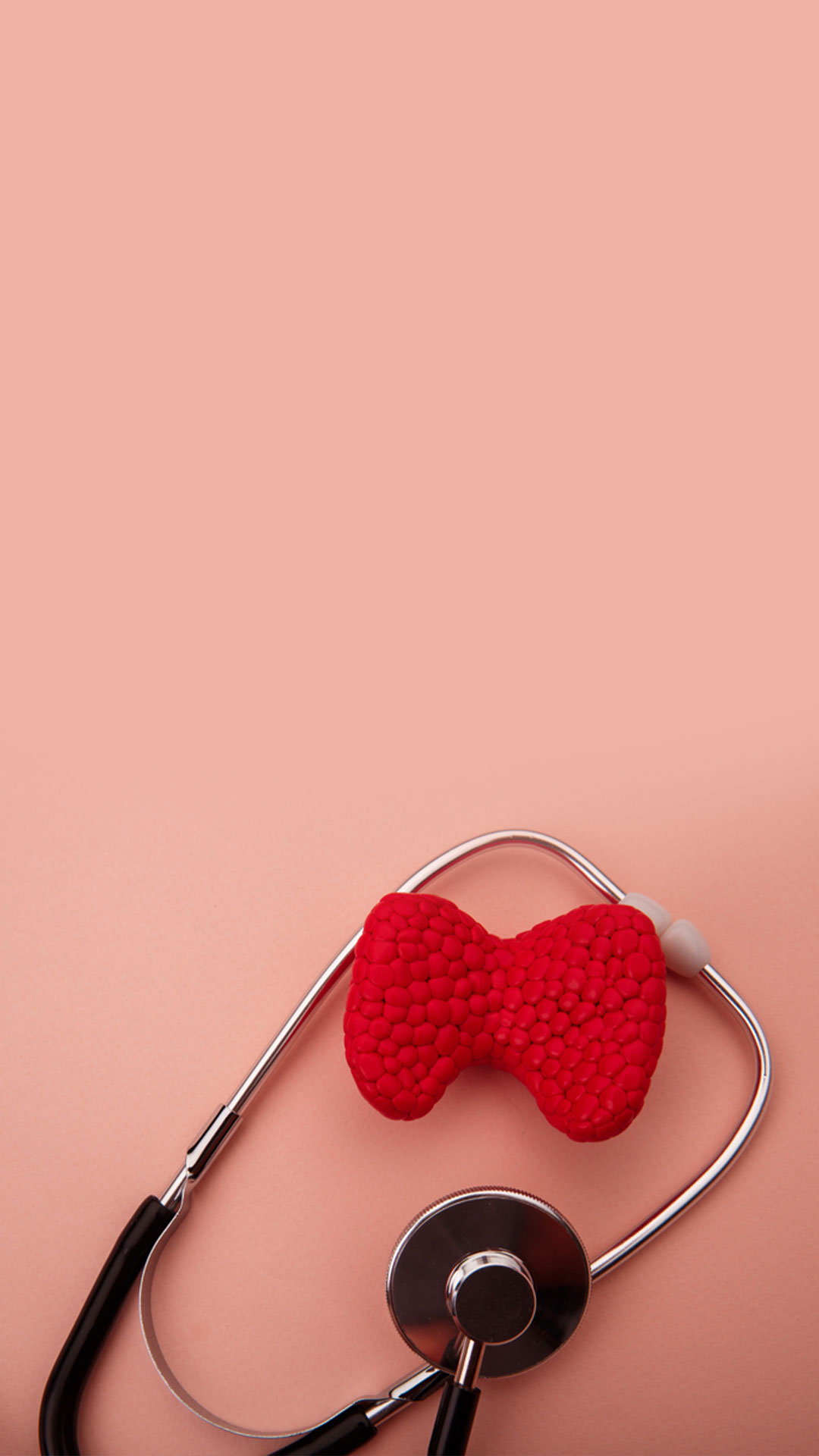



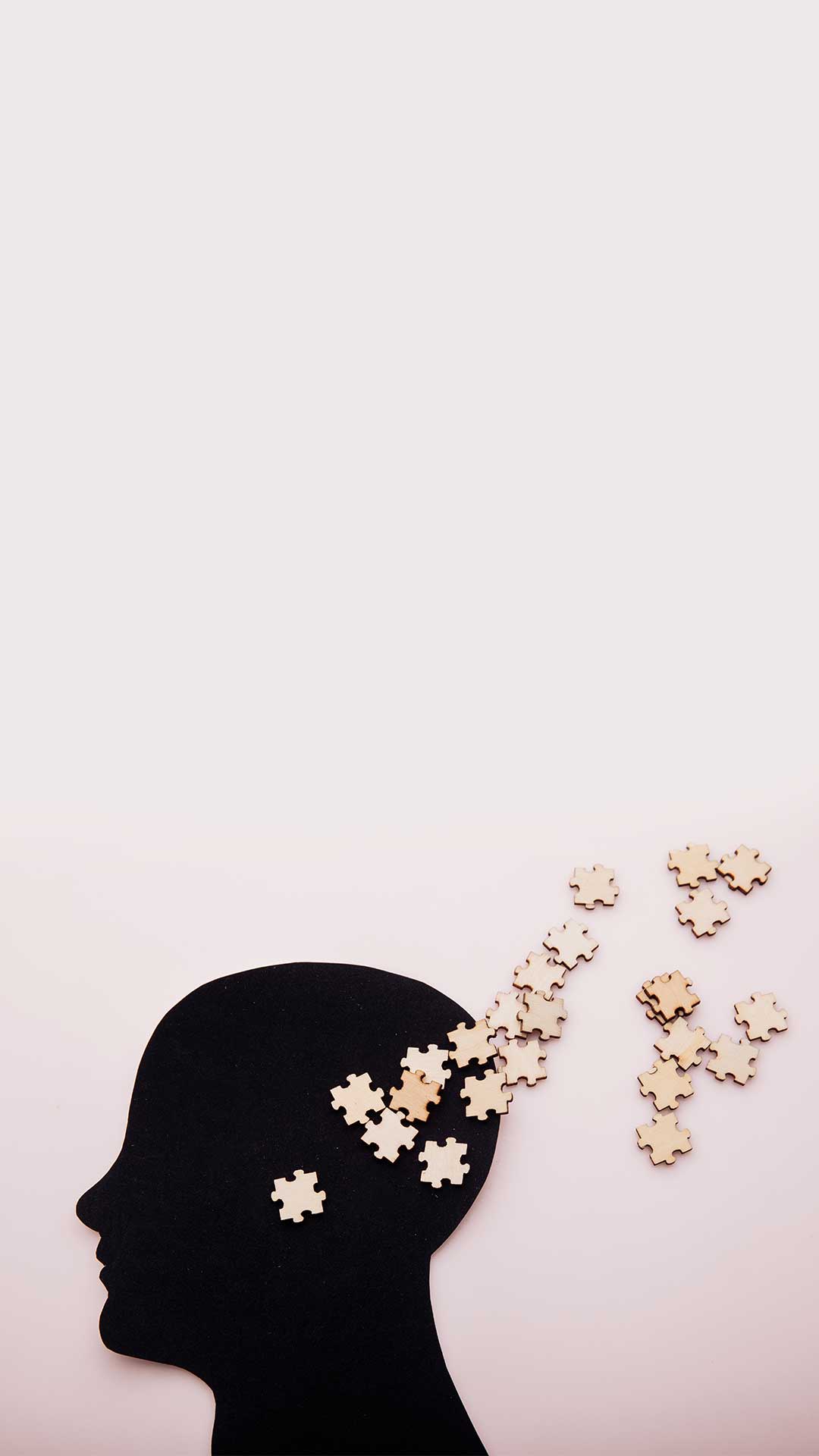
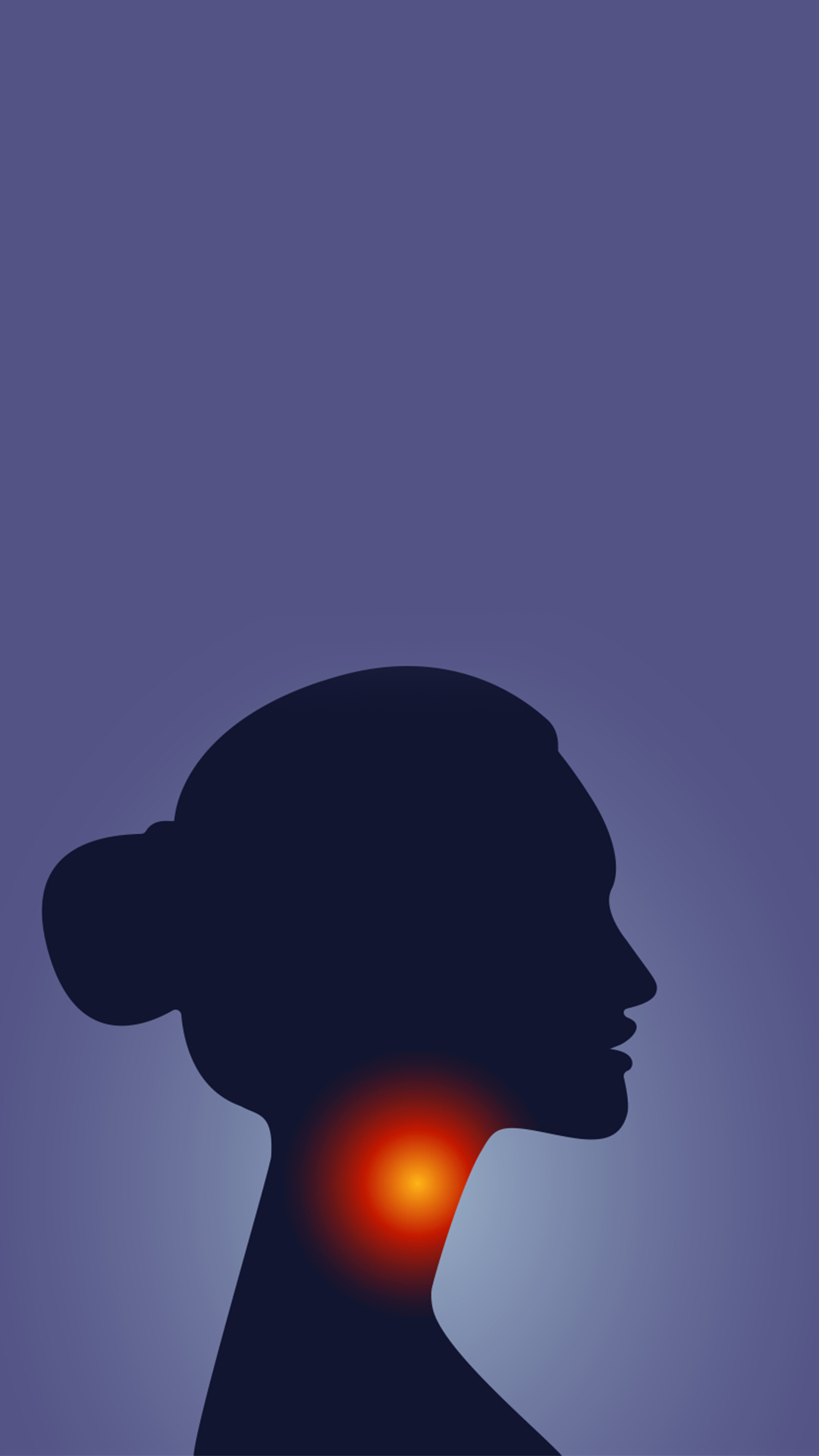









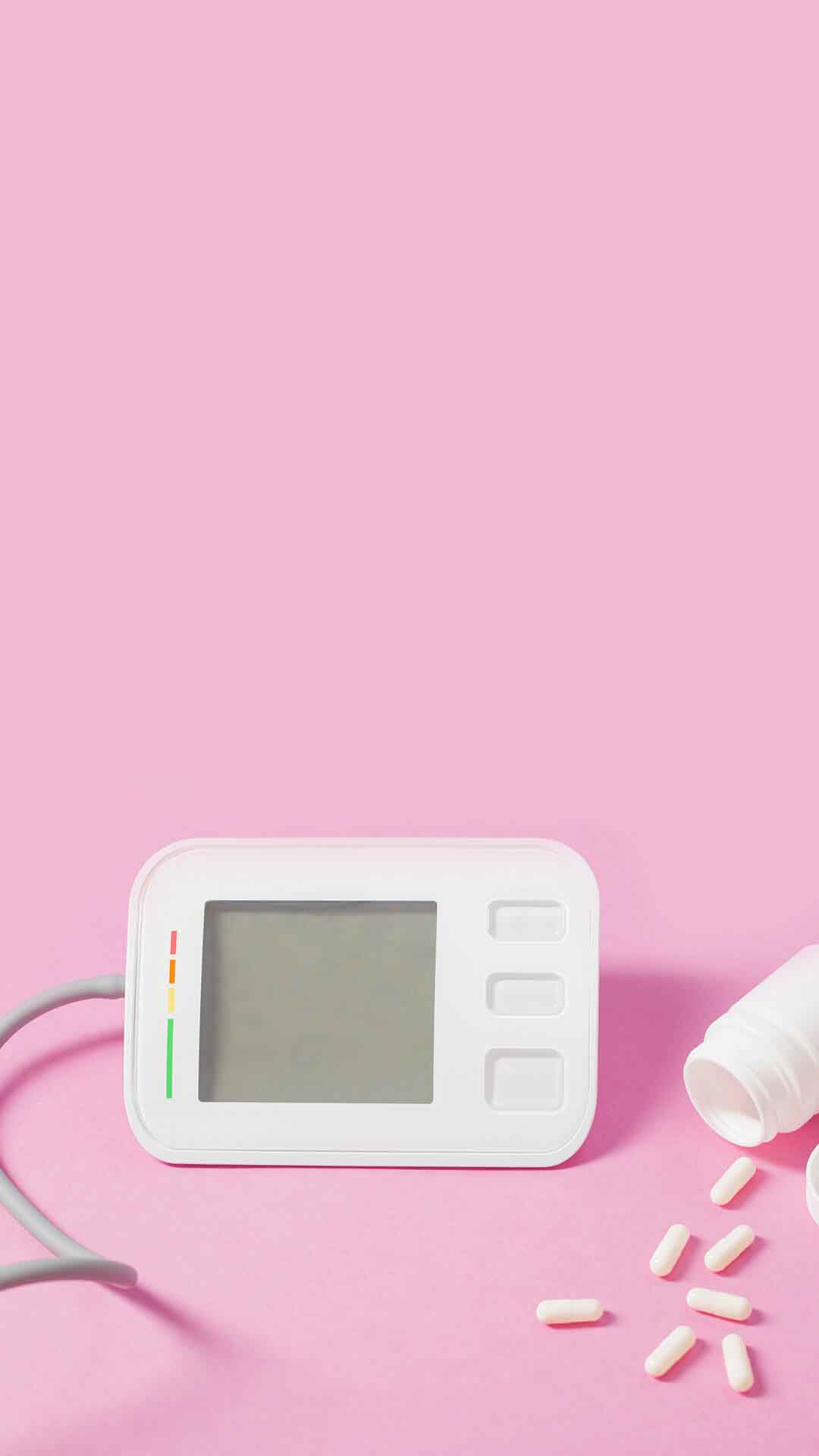
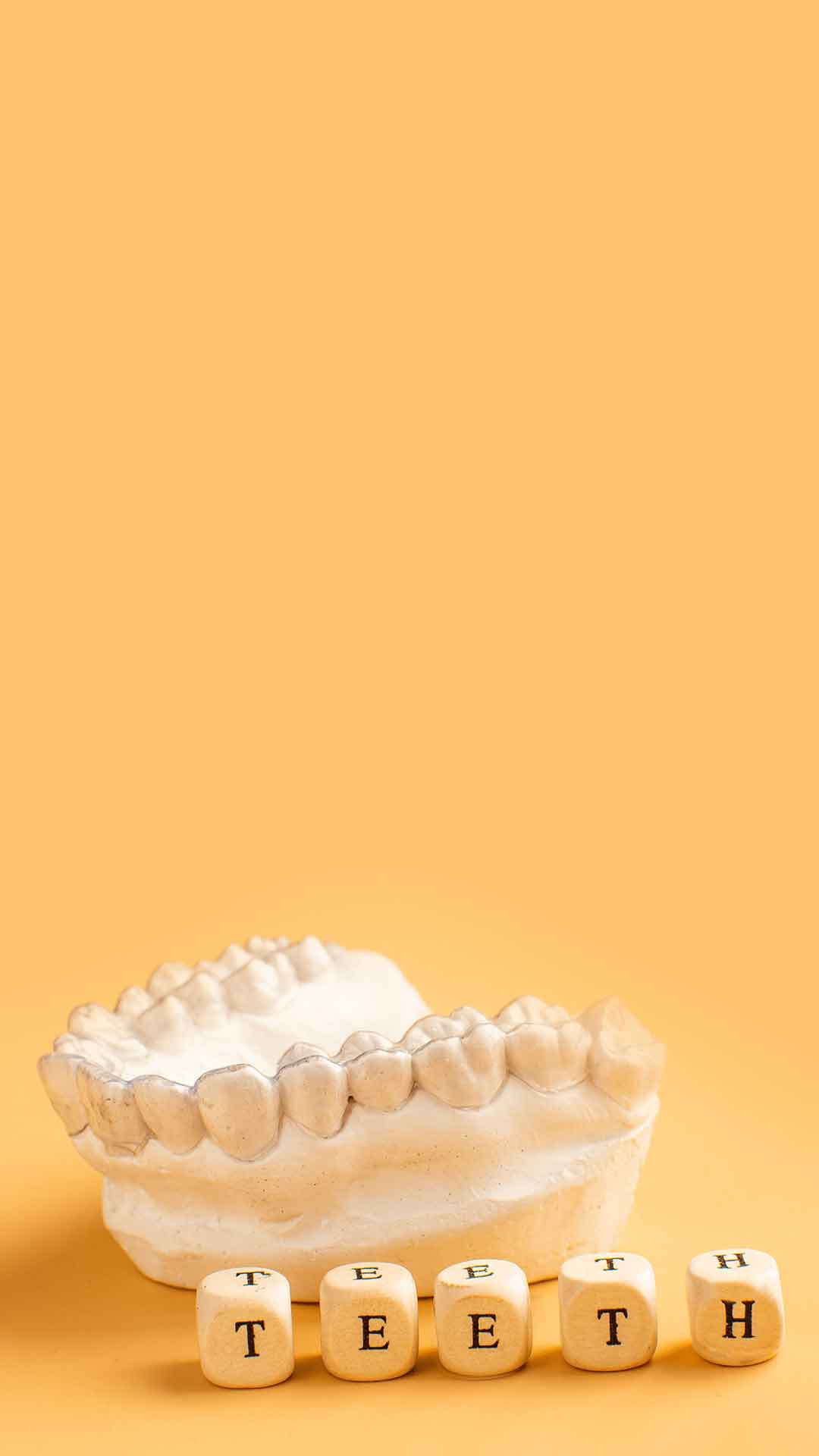
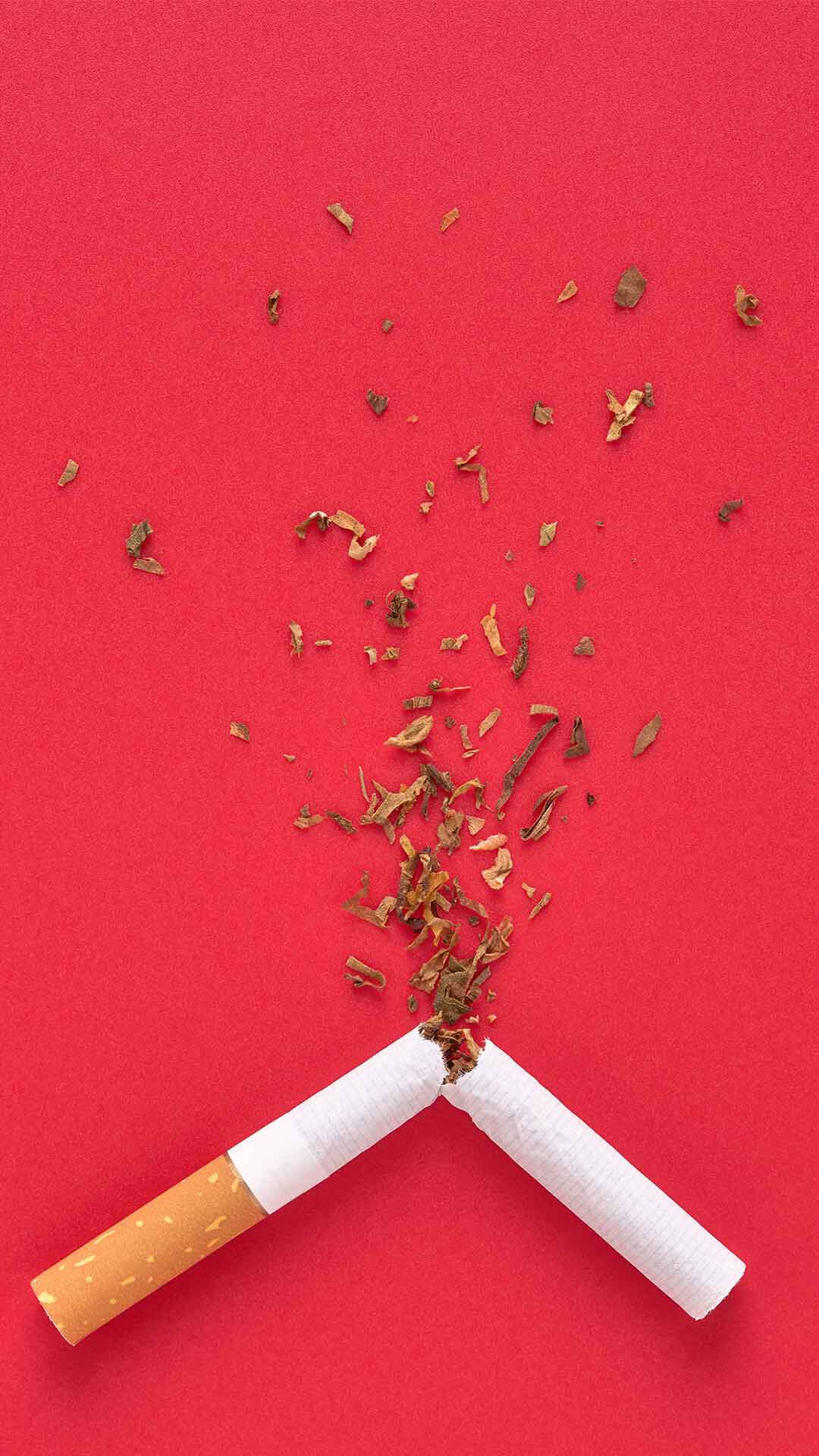






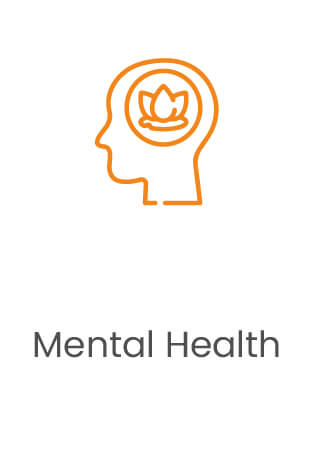


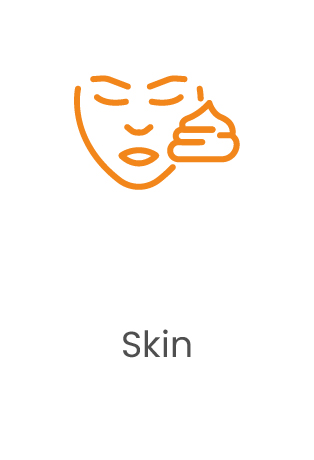
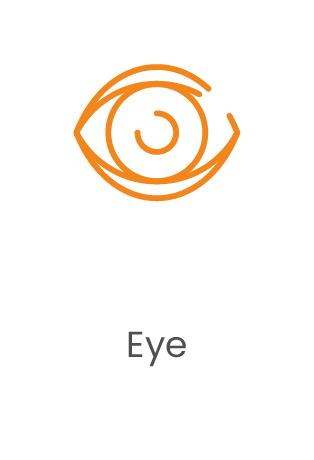

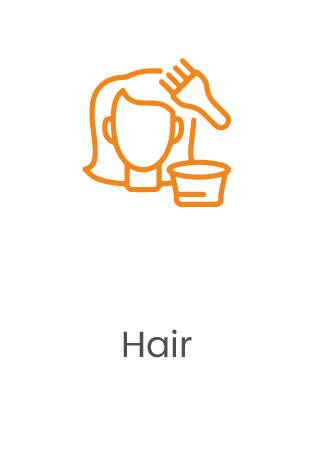




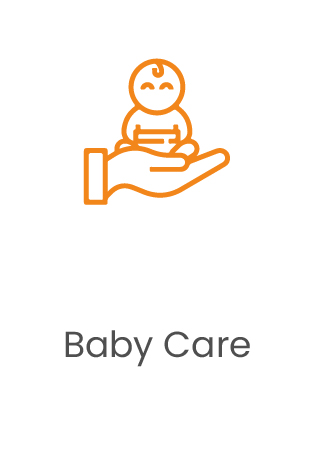





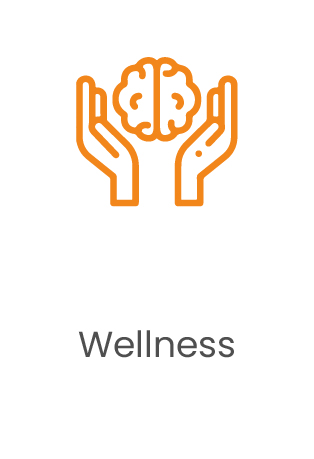

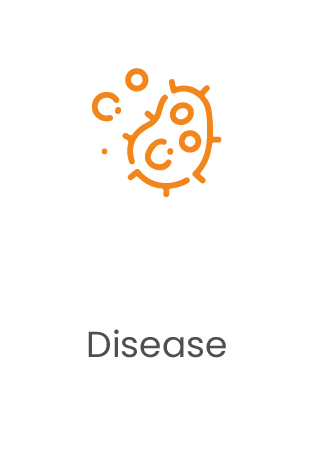
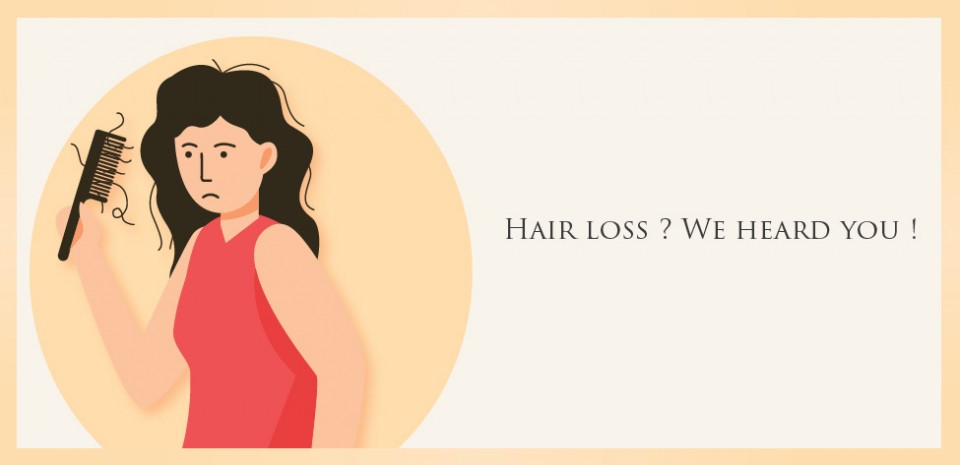
Comments
Write your first comment.